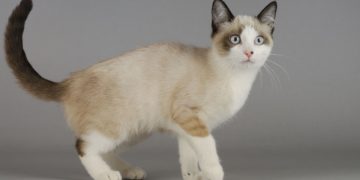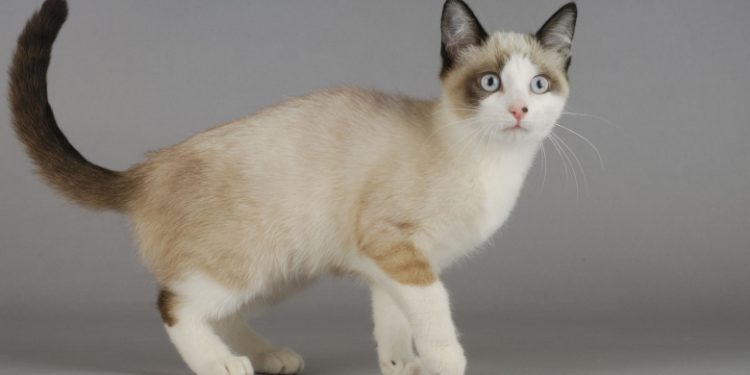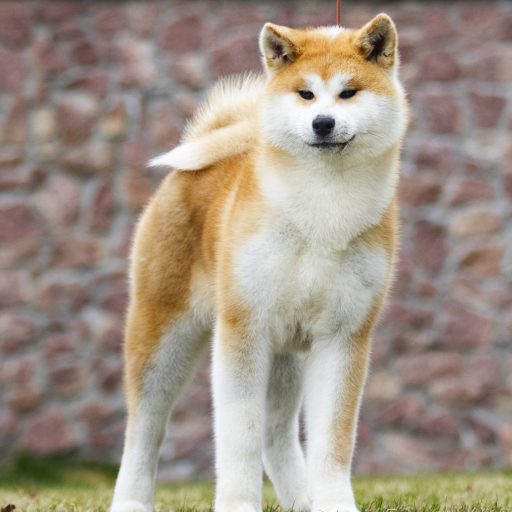The Snowshoe takes up some characteristics of the Siamese, from which it descends. However, he is a slightly calmer cat, perhaps a little less talkative, and frankly perfect for families. The latter appreciate his tenderness and loyalty. They also like the fact that he does not require any particular maintenance, that his health is solid and that he can adapt to all types of life.
Breed History
The Snowshoe is a cat of American origin, and more precisely from Philadelphia. In the 1960s, Dorothy Hinds-Daugherty experimented with a cross between a Siamese and a two-tone American Shorthair, then another with a Birman. The result was remarkable: a cat with short hair, colored extremities and blue eyes.
The Snowshoe had just been created. Until now, it didn’t exist. His name, he owes it to his white feet, “snowshoe” meaning “snowshoes” in English. Its silhouette is also close to the Siamese. TICA recognized it in the 1980s. It is not yet very developed and known in France, where it only appeared in 2006. Nevertheless, its owners have all adopted it, and love it!
Physical peculiarities
Its body: The body of the Snowshoe is described as a semi-foreign format by the standard, which highlights a harmonious and muscular construction. This is really the case by observing it. We also notice that despite its density, it does not seem that heavy. That said, males tend to be bulkier and taller than females.
His hair: The coat of the Snowshoe is short, but can also be semi-short. It has characteristics of softness. It is also silky and dense. However, it is not necessarily glued to the body.
Its color: The Snowshoe standard accepts all possible colors. However, he is quite strict when it comes to motives. Indeed, only 2 are accepted: the Mitted and the Bicolor. In the first case, a darker color than the rest of the body should be visible on the ears, the mask, the legs (except the feet) and the tail. The front feet are white and the hind legs white up to the thigh. The body usually has a color ranging from eggshell to milky white. Darker spots are tolerated on the shoulders and hips. The Bicolor, on the other hand, has the same particularity on the ears, the mask (an inverted V without extending beyond the eyes), the legs and the tail. The truffle is pink. The chest, belly, legs and feet are white. Moreover, the standard concedes that the Bicolor is quite difficult to obtain, because the white must be visible in specific places.
His head: It is in the shape of an equilateral triangle and has rounded contours. Bone structure is visible. The cheekbones are high and the cheeks of adult males are more developed. The forehead is flat, whether from the front or in profile, just like the nose. The muzzle is of medium length and has a slight pinch.
His eyes: They are rather large, oval or round in shape. They are tilted, but not enough to qualify them as oriental. Their color is blue, all shades of which are accepted by the standard.
Its ears: They are of fairly medium size, placed in line with the head. They are wide at the base and their tip is rounded.
Its tail: It is of medium size and quite classic. Wide at the base, it becomes narrower as it goes.
Feed
The Snowshoe’s diet should be meat, starchy foods, and fresh vegetables. It can be based on industrial food, and therefore high quality kibble. Avoid pâtés, which are not always appreciated. In any case, he must eat according to his daily expenses. Above all, do not overfeed it, otherwise it will cause overweight.












